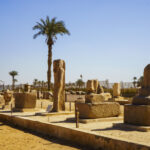Egypt is a country of magic, mystery and allure. Full of wonders from the ancient world, the country inspires everyone who visits it and so it’s no wonder so many artists have used Egypt as a setting for their creative work.
One of the more famous examples is Agatha Christie’s Death on the Nile. Her diminutive detective, Hercule Poirot, solves a murder aboard the steam ship Karnak as he holidays on the river Nile. The story, thrilling as it is, has been adapted several times and one of its more famous iterations is that of the 1978 film, starring Peter Ustinov as the ingenious Poirot. But the story’s legacy doesn’t end there, as another cinematic version is set to be released in 2020.
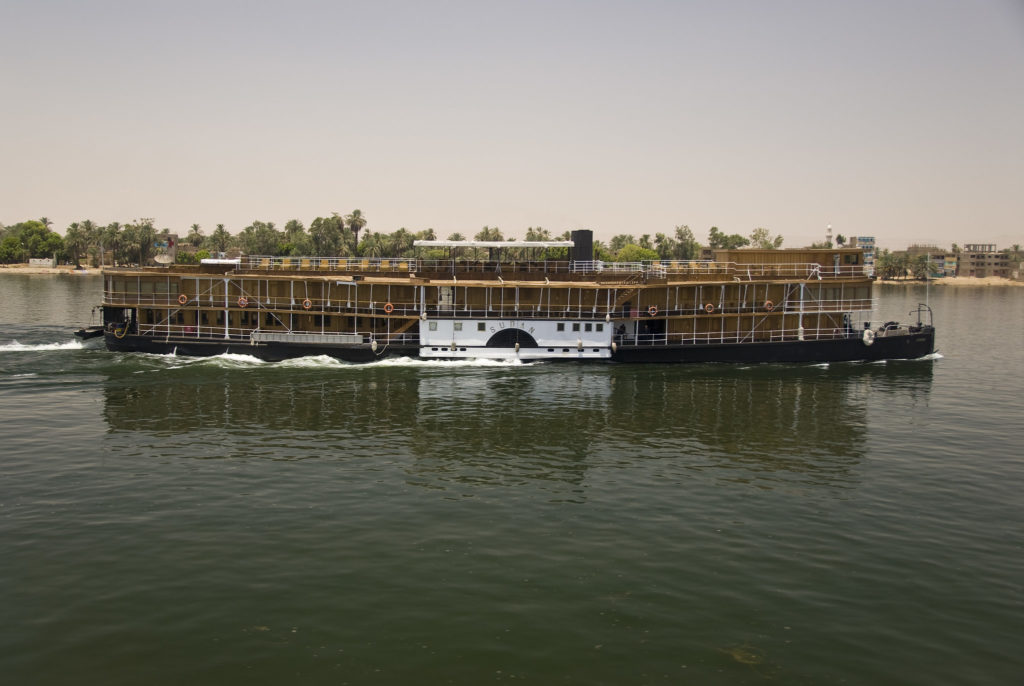
Whichever Death on the Nile is your favourite, each version has something in common with its brethren: the stunning locations. So, if you want to trace the path of your favourite characters, or perhaps live out your own exotic mystery, then visiting the locations where the movies were filmed is a good start. Here, at Literary Tours Egypt, we provide an Agatha Christie Death on the Nile Egypt Tour which should take you to every gorgeous stop in the story. Here are some of the filming locations that were used!
Aswan, Luxor and Cairo
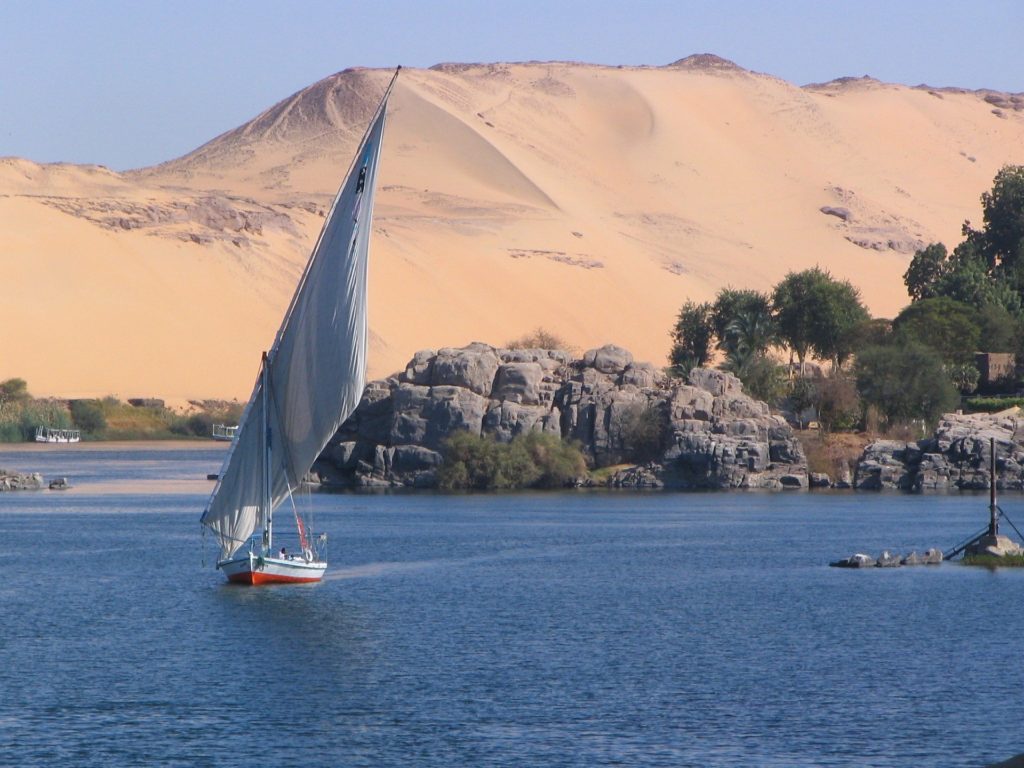
These three stunning cities are truly emblematic of Egypt so it makes sense that all three of them were used as locations in every adaptation of Death on the Nile. This is in part because each of these cities holds a valuable and beautiful piece of Ancient Egypt.
In Aswan there are the Abu Simbel temples; Luxor is the base for those wanting to explore the Karnak Temple Complex and the Valley of the Kings; and of course Cairo is the base for all those visiting the famous Pyramids of Giza. Aside from these famous landmarks, each of these cities holds the rhythm and beat of Egypt, so if you are trying to capture some of the atmosphere and essence of Death on the Nile then exploring these cities is a must.
Now, without further ado, let’s take a closer look at some of the gorgeous sites that have been captured on celluloid (or digital!).
Abu Simbel temples

The imposing, rock-cut temples at Abu Simbel are the work of Ramesses II, as part of his extensive constructions throughout his reign. The larger of the two temples was dedicated to Ramesses II himself, whilst the smaller one was built for his chief wife, Nefertari.
Built over the course of two decades, starting approximately in 1264 BC, the temples inevitably fell out of use and were eventually covered by sand and forgotten. That is until the top frieze of the larger temple was discovered in 1813 by a Swiss orientalist, who talked about his discovery with an Italian explorer – Givanni Belzoni. Belzoni immediately went to the site and tried to find a way in, but it was only in 1817 that he managed to excavate far enough in order to enter the temple complex.
After so much time, forgotten and exposed to the elements, the temples were in a state of extreme disrepair and in 1964 a project to salvage the Abu Simbel temples began. The temples were carefully cut into pieces, dismantled, and moved to a new, safer location.
Today, the Great Temple at Abu Simbel, with its majestic statues, pillared hallways and grand size, is considered one of the most beautiful temples in Egypt. It is no wonder filmmakers wanted to catch the magic of Abu Simbel in their movies!
The Karnak Temple Complex
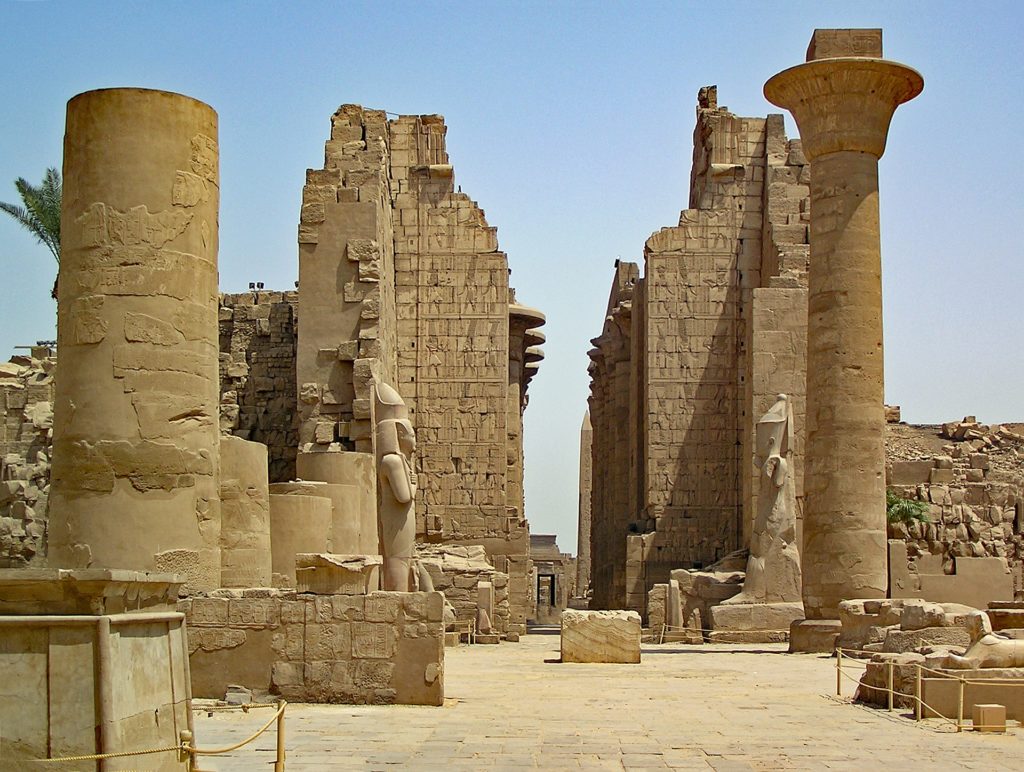
Karnak is the name sake of the steamship in Agatha Christie’s book and the Karnak Temple Complex is unlike any other temple complex in Egypt. Developed and used over the greatest period of time, this is a place that has seen the rise and fall of different dynasties. It is a place that marks history.
The Temple of Amun is the largest temple within the complex, and it was used as a filming location in both the 1978 film and the 2004 television adaptation of Death on the Nile. When you see it, it is easy to understand why the site was chosen as a backdrop for part of the story. With its great hypostyle hall, bristling with towering pillars, it is a location in which you feel small; not just because of its sheer size but also because of its great age.
The complex has other temples besides that of Amun, but it is only the precinct of Amun-Re that can be fully explored by tourists. Despite much of the complex being out of bounds, you’ll find there is a staggering amount to explore in Karnak, and even more to learn.
The Valley of the Kings

A part of Ancient Egypt that has truly captured imaginations is the Valley of the Kings — a stretch of land beneath which lie a maze of discovered (and perhaps some undiscovered) tombs, belonging to the kings of old. There are plenty of stories of mummies, curses, and untold treasures, and many of these have been fuelled by the valley’s most famous tomb – that of Tutankhamen.
There are 63 known tombs in the Valley of the Kings and of those tombs, only 18 are open to the public (though all 18 are rarely open at the same time). Each tomb is a unique experience and the entire valley provides insight into one of the most complex and long-lasting civilizations in Earth’s history.
The Pyramids of Giza
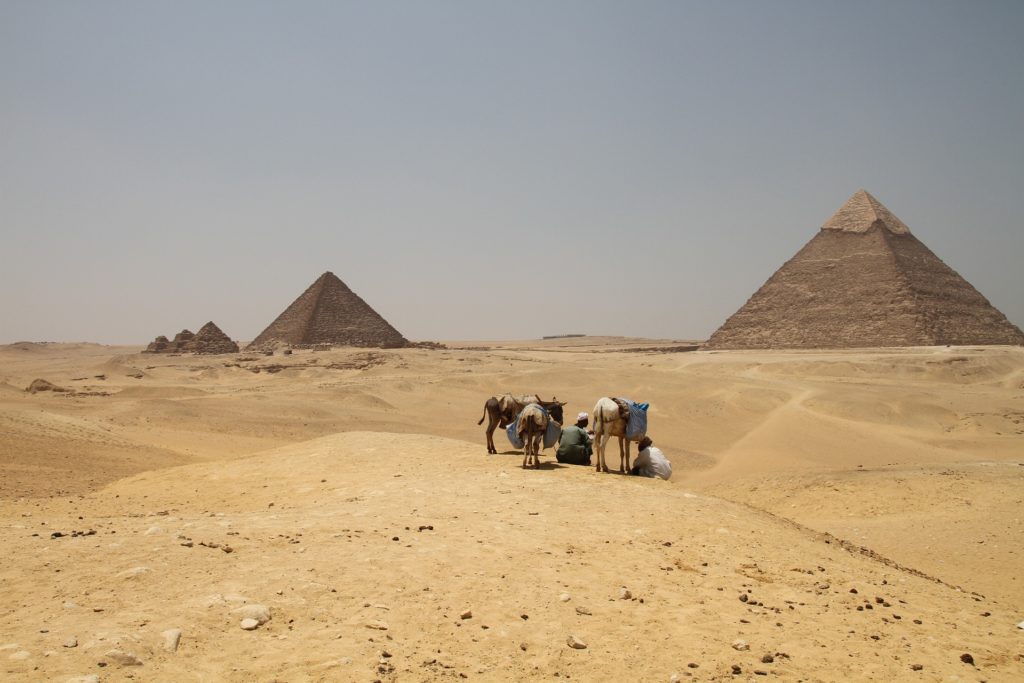
The quintessential symbols of Egypt are the Pyramids at Giza – ancient structures that housed the remains of several pharaohs of the Old Kingdom of Egypt. The three main pyramids in the complex are the Great Pyramid, the Pyramid of Khafre and the Pyramid of Menakaure. Within Khafre’s complex there also lies the famous Great Sphinx, which was captured in the 1978 film.
A trip to Egypt, and a tour of filming locations, would not be complete without seeing the Pyramids at Giza.
So there you have it! A little bit of information on some of the places that provided the stunning backdrops for the film versions of Death on the Nile. As well as exploring Agatha Christie’s world we offer other Literary Tours in Egypt and if any of those catch your eye then please don’t hesitate to get in touch! The storied world of Egypt is waiting for you…

